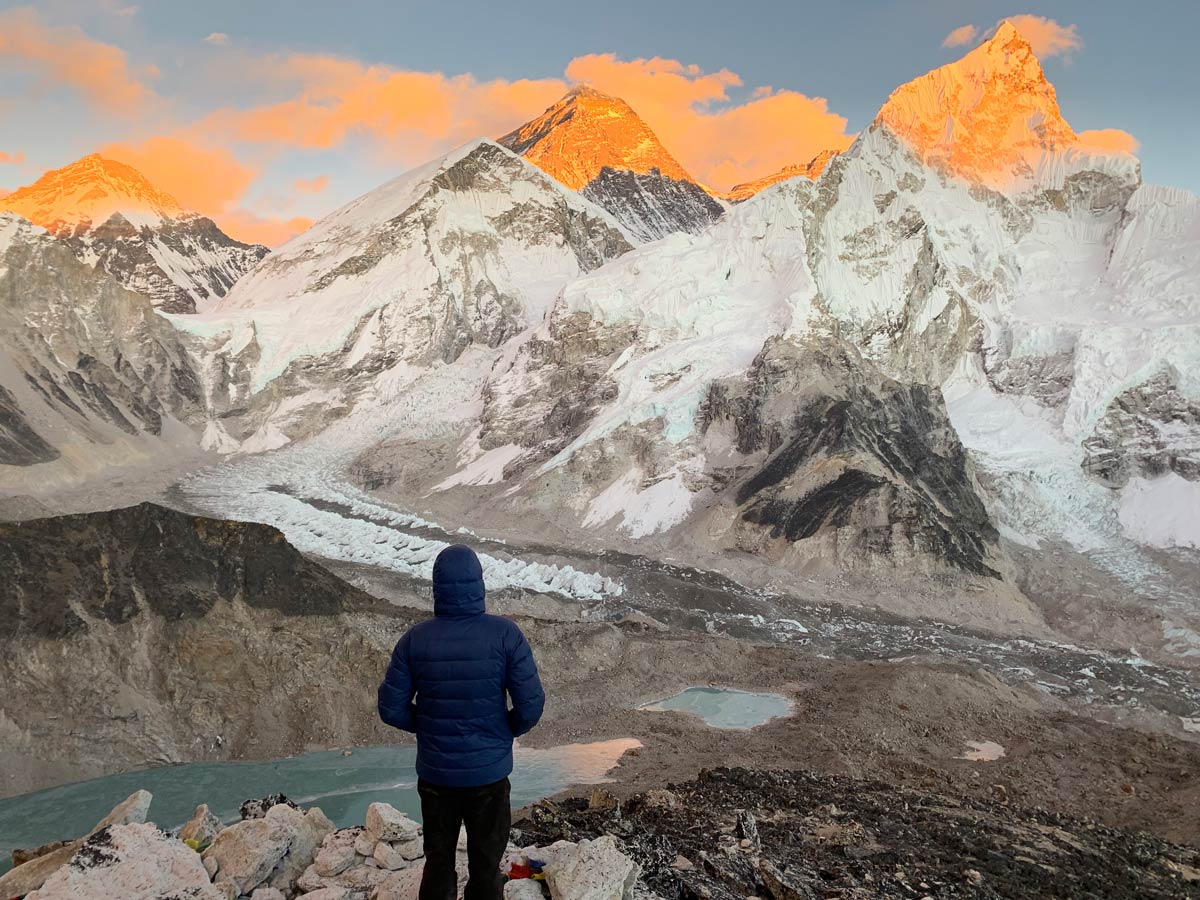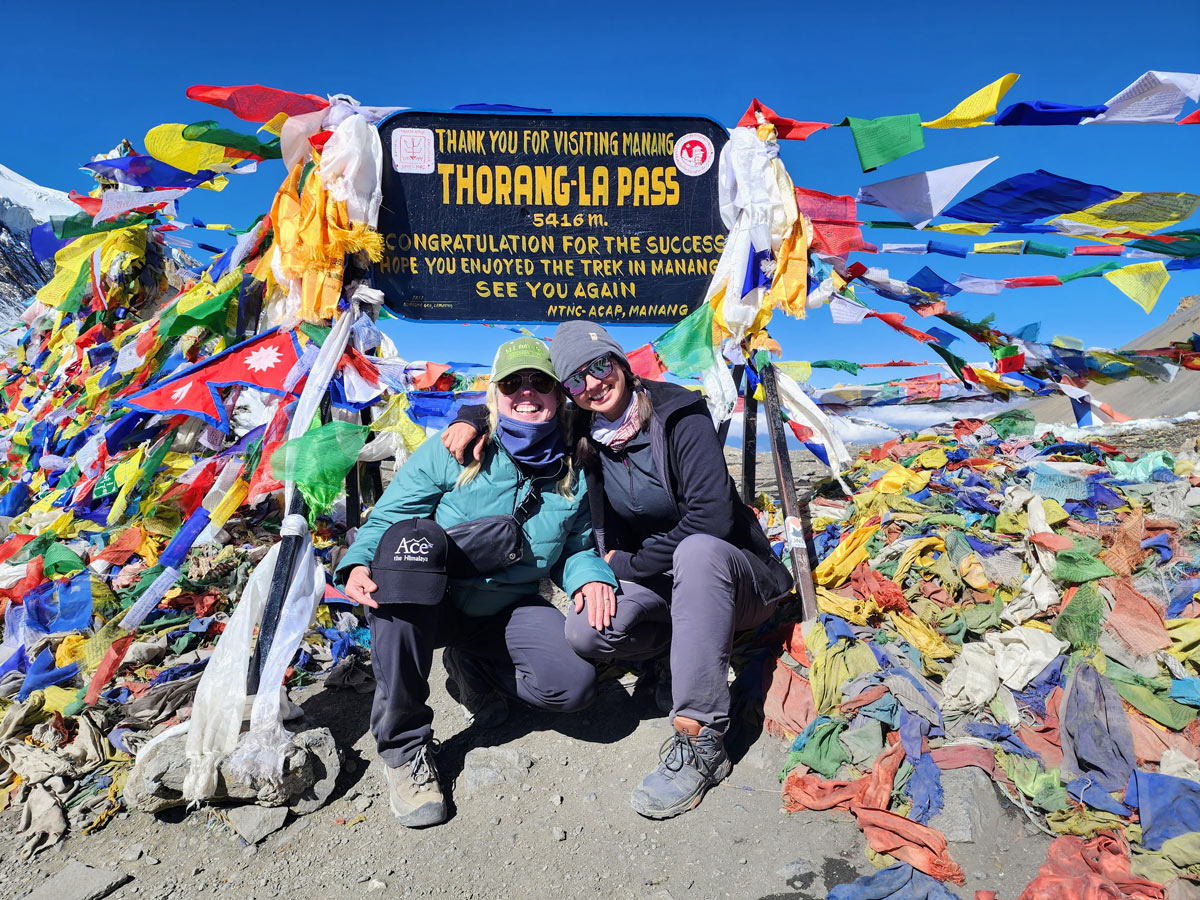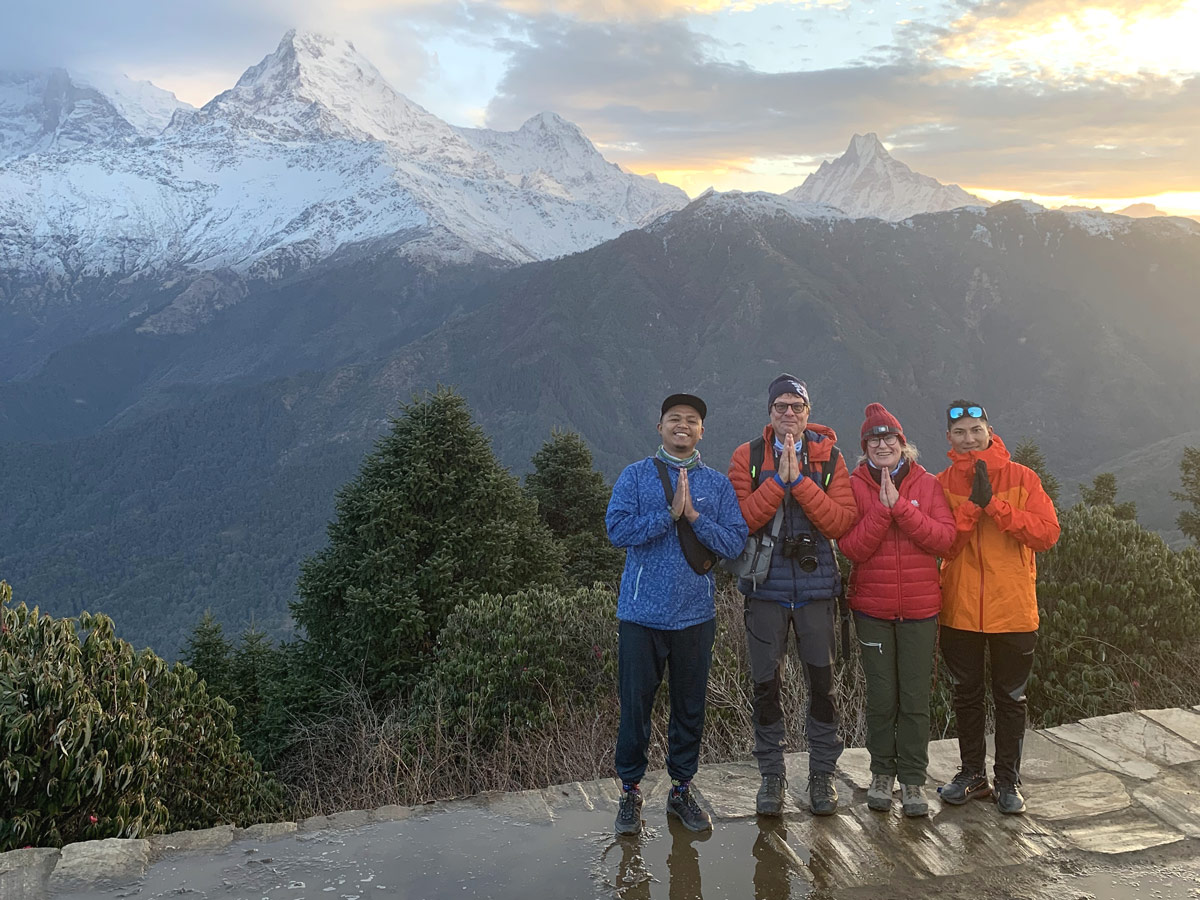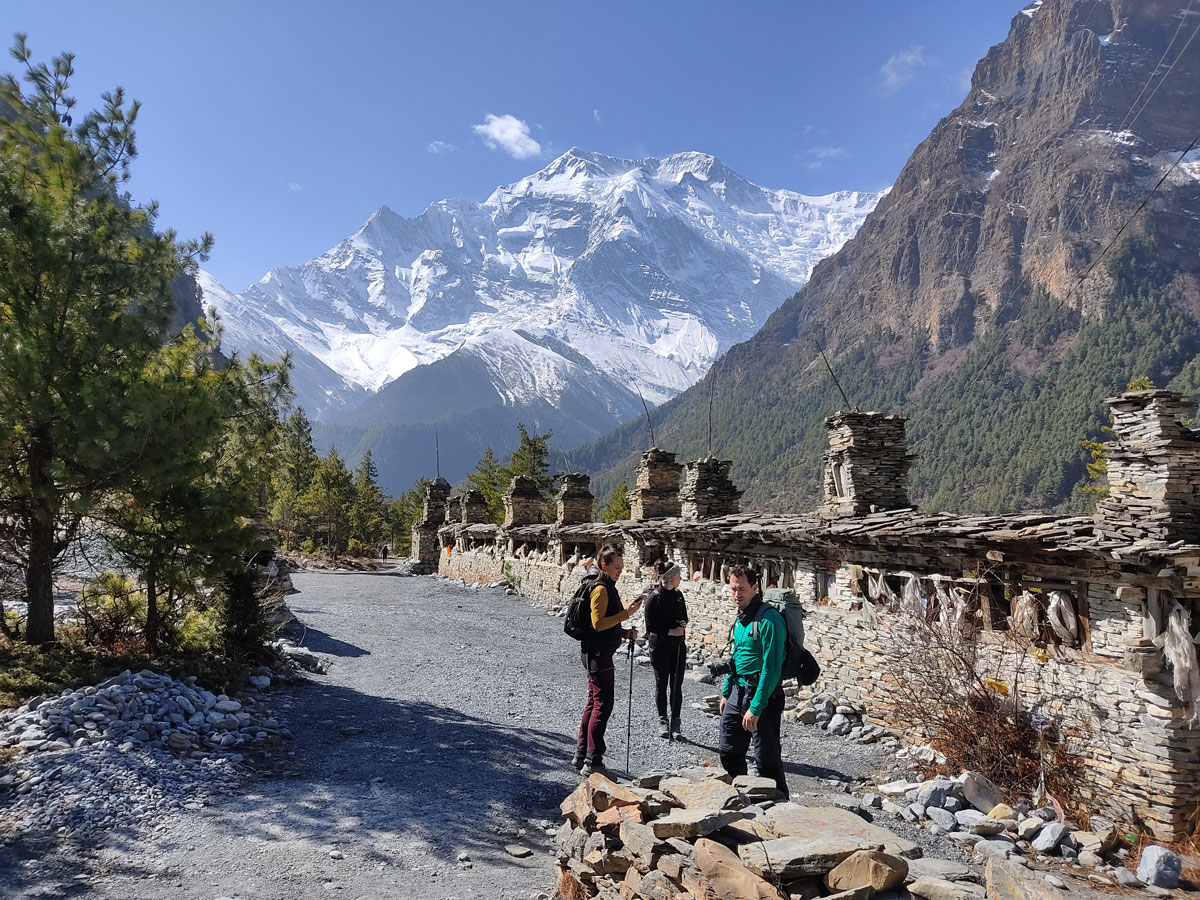Mount Everest, the world’s highest peak, is located in the majestic Himalayas, spanning the borders of Nepal and Tibet. Rising to an astonishing height of 8,848 meters (29,029 feet), this iconic mountain offers a breathtaking challenge to mountaineers and a captivating allure to adventurers and nature enthusiasts alike. The awe-inspiring location of Mount Everest holds a fascinating blend of natural beauty, cultural history, and unparalleled mountaineering feats.
Mount Everest Location and Coordinates
Mount Everest, the highest point on Earth, is situated on the border between Nepal and the autonomous region of Tibet in China.
The exact coordinates are approximately 27.9881° N latitude and 86.9250° E longitude. Mount Everest is part of Mahalangur section of the mountain range called Himalayas, a sprawling mountain system that stretches across five countries: Bhutan, India, Nepal, China, and Pakistan.
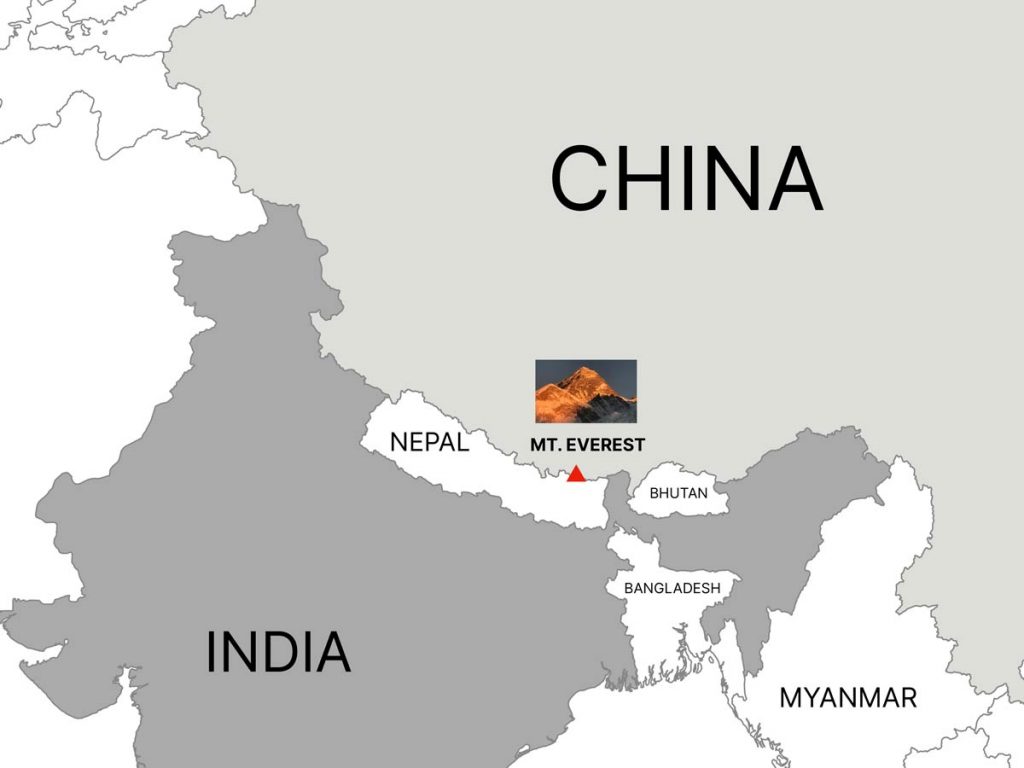
Within Nepal Mount Everest is situated in the Khumbu Pasang Lhambu Rural Municipality, in the Solukhumbu District, which falls under the jurisdiction of the Koshi Province in Nepal.
Within China, Mount Everest is situated in Tingri County, within the Xigazê Prefecture of the Tibet Autonomous Region.
Its strategic location offers breathtaking panoramic views that extend across the vast Himalayan expanse.
Different Names of Mount Everest
Mount Everest, known as “Sagarmatha” in Nepal and “Chomolungma” in Tibet, carries a rich tapestry of names that reflect the cultural and historical diversity of the region.
The name “Everest” itself has its roots in British colonial history. In the mid-19th century, the Great Trigonometric Survey of India, led by Sir George Everest, played a pivotal role in measuring and mapping the Himalayas. As a tribute to Everest’s contribution, the mountain was named after him.
Before Mount Everest became synonymous with the highest point on Earth, it carried a different name, albeit lesser-known — “Peak XV.” This designation was part of the aforementioned Great Trigonometric Survey of India led by Sir George Everest in the mid-19th century. Peak XV was assigned based on its numerical order in the survey.
“Sagarmatha,” the Nepali name, translates to “Forehead in the Sky,” capturing the reverence and awe the locals feel for this towering giant.
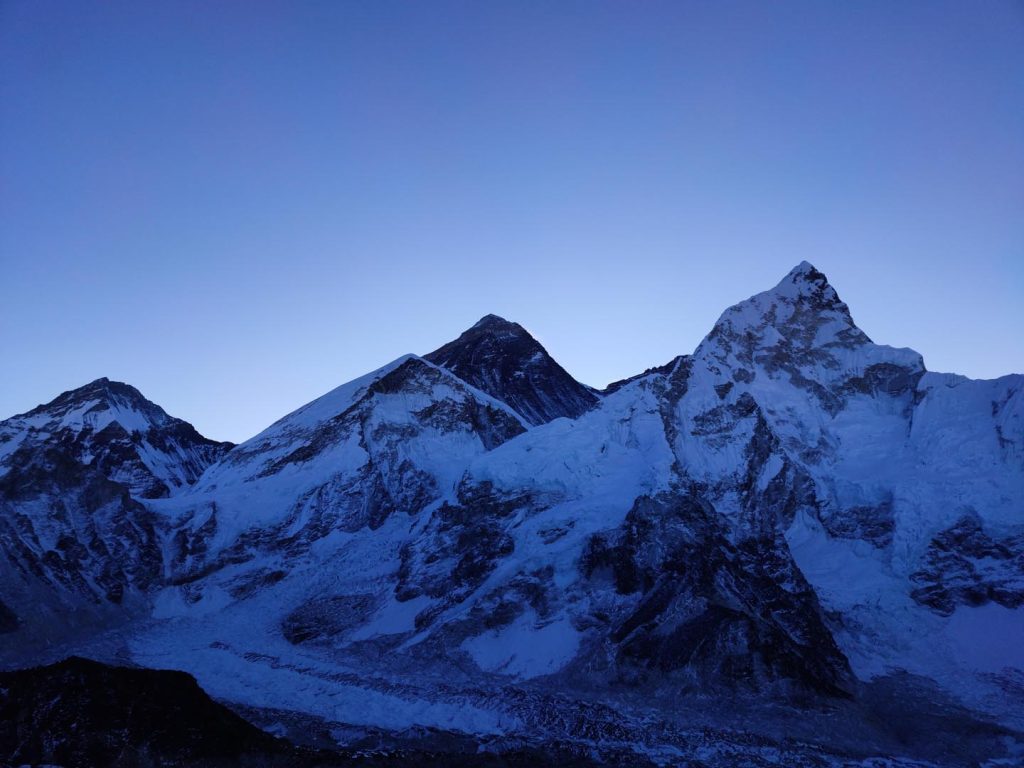
Historian Baburam Acharya is credited with proposing the name Sagarmatha, a symbolic choice that captures the spiritual and cultural significance of the mountain.
This name was officially adopted by the Government of Nepal (the then His Majesty’s Government) in the 1960s, reflecting a deliberate effort to reclaim and emphasize the nation’s cultural identity by using indigenous names for geographical landmarks.
In Tibetan, “Chomolungma” means “Goddess Mother of Mountains,” underscoring the spiritual significance bestowed upon the peak by the Tibetan people.
One commonly used alternative spelling is “Qomolangma.” The variations in spelling arise due to differences in transliteration systems and the nuances of representing Tibetan sounds using the Roman alphabet.
Understanding the diverse nomenclature adds layers to the mountain’s identity, blending geographical exploration with cultural reverence.
The Height of Mount Everest and its Revision
Mount Everest, the crown jewel of the Himalayas, has long captivated the human imagination with its soaring altitude. Initially measured at 29,002 feet (8,848 meters) above sea level, technological advancements prompted a reevaluation of Everest’s height.
In 2005, a Chinese survey team recorded the elevation as 29,017 feet (8,844 meters), slightly lower than the previous measurement. However, the most significant development came in 2020 when Nepal and China jointly announced a revised height of 29,032 feet (8,848.86 meters).
This adjustment, taking into account the snow and ice covering the summit, symbolizes the collaborative efforts to provide the most accurate representation of Everest’s stature.
Mountain Peaks Surrounding Everest
Mount Everest, towering over the Himalayan range, shares its breathtaking landscape with several other formidable peaks. To the south lies Lhotse, the fourth highest peak globally, connected to Everest by the South Col.
The imposing Makalu stands to the southeast, forming an integral part of the Everest Massif.
As we shift our gaze towards the west, the prominent Cho Oyu captures the horizon, the sixth highest peak in the world.
These neighboring giants, collectively known as the Everest Massif, contribute to the awe-inspiring vista that greets climbers on their arduous journey to Everest’s summit.
The best place to view Mount Everest
For those who may not embark on the arduous journey to Everest’s summit, there’s a unique vantage point that offers a breathtaking view—Kala Patthar.
Situated near Everest Base Camp on the Nepalese side, Kala Patthar provides a panoramic spectacle of the world’s highest peak. At an elevation of 5,545 meters (18,192 feet), it stands as a popular trekking destination, offering trekkers and visitors an awe-inspiring, close-up view of Everest and the surrounding peaks.
The trek to Kala Patthar not only provides a visual feast of Everest but also allows individuals to experience the rugged beauty of the Himalayan terrain. The journey to this viewpoint is marked by prayer flags, rocky trails, and the ever-present silhouette of Everest guiding the way.
Different Climbing Routes on Mount Everest
Embarking on the ascent of Mount Everest is a formidable challenge, and climbers must navigate through various routes, each presenting its own set of difficulties and rewards. The two primary routes are the South Col Route, accessible from Nepal, and the North Col Route, accessible from Tibet.
South Col Route
Starting in Nepal, climbers traverse the Khumbu Icefall, negotiate the Western Cwm, and ascend the Lhotse Face before reaching the South Col. The final push from the South Col involves climbing the southeast ridge to the summit. This route is the more popular choice, with the iconic Base Camp situated on the Nepalese side.
North Col Route
The Tibetan approach involves crossing the Rongbuk Glacier, navigating through the North Col, and ascending the North Face. Climbers then traverse the Northeast Ridge to reach the summit. The North Col Route offers a different perspective and set of challenges compared to its southern counterpart.
Climbing History of Mount Everest, including the First Successful Ascent
The history of Mount Everest is intertwined with the indomitable spirit of exploration and the pursuit of the seemingly impossible.
The pinnacle of this history is undoubtedly the first successful ascent on May 29, 1953, led by Sir Edmund Hillary of New Zealand and Tenzing Norgay, a Sherpa of Nepal. The significance of this triumph is commemorated annually on May 29th, celebrated as Everest Day.
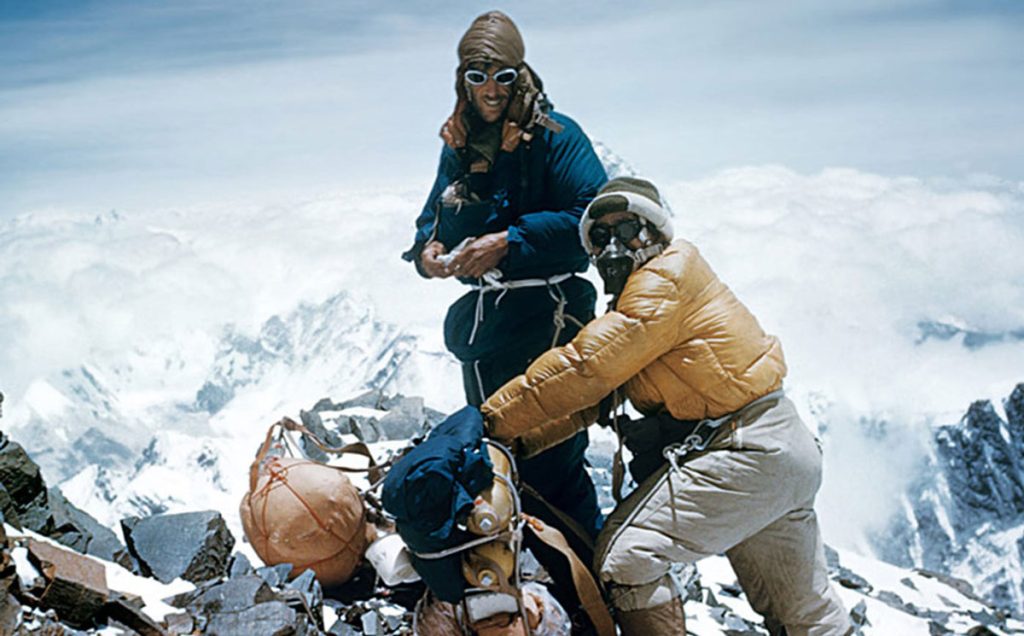
This historic achievement took place via the South Col Route, as the two climbers braved treacherous conditions and unforgiving terrain.
Their triumph not only etched their names into the annals of mountaineering history but also opened the floodgates for subsequent generations of climbers to test their mettle against the world’s highest peak.
Since then, Everest has witnessed numerous ascents, each with its unique challenges and triumphs. The mountain stands as a testament to the resilience of the human spirit and the ceaseless pursuit of conquering new frontiers.
Before Sir Edmund Hillary and Tenzing Norgay etched their names in history, Mount Everest stood unconquered, tempting earlier expeditions with its formidable challenges.
Notable among these was the British Mount Everest reconnaissance expedition in 1921, spearheaded by Lieutenant Colonel Charles Howard-Bury. Though their goal wasn’t the summit, this expedition laid crucial groundwork by mapping the region and identifying potential routes.
The 1920s and 1930s witnessed further attempts, most notably the British expeditions of 1922 and 1924. Despite facing adversities and tragic losses, including the mysterious disappearance of George Mallory and Andrew Irvine in 1924, these early endeavors provided essential insights into the harsh realities of Everest.
These early chapters in Everest’s exploration set the stage for the historic ascent in 1953.
Flora and Fauna of the Everest Region
The Everest region is not only a haven for mountaineers but also a sanctuary for diverse flora and fauna that have adapted to the extreme conditions of this high-altitude environment. As climbers ascend through the various ecological zones, they witness a breathtaking transition in the landscape.
Flora
At lower elevations, the lush foothills boast rhododendron forests, pine trees, and junipers. Moving higher, the landscape gives way to alpine meadows adorned with vibrant wildflowers, creating a stunning contrast against the snow-capped peaks. The hardy mosses and lichens cling to rocks even at the highest altitudes, showcasing nature’s resilience.
Fauna
The Everest region is home to a variety of wildlife, including the elusive snow leopard, Himalayan tahr, and red panda. Birds such as the Himalayan Monal, the national bird of Nepal, and the bar-headed goose can be spotted soaring through the mountainous skies. The yak, a sturdy and sure-footed companion, is an integral part of the region’s cultural and economic landscape.
The People of the Everest Region
The Everest region isn’t just a geological marvel; it is a vibrant tapestry woven with the rich cultural threads of the people who inhabit its slopes.
The Sherpa people, renowned for their strength, resilience, and mountaineering expertise, have been integral to the history and lore of Everest.
These mountain-dwelling communities, with their unique customs and traditions, have developed a symbiotic relationship with the towering peaks.
The Sherpas, in particular, play a pivotal role as guides, porters, and essential contributors to the climbing expeditions that seek to conquer Everest.
Their deep-rooted connection with the land and its spiritual significance adds another layer of richness to the Everest narrative.
Impact of Climate Change on Everest
The towering majesty of Mount Everest is not immune to the far-reaching effects of climate change. The Himalayas, including Everest, are experiencing warming at a rate higher than the global average, leading to profound and visible alterations in the region.
Glacial Retreat
One of the most conspicuous impacts is the accelerated melting of glaciers on Everest. The Khumbu Glacier, which climbers navigate through the treacherous Khumbu Icefall, has been retreating, altering the landscape and posing new challenges to those attempting the ascent.
Shift in Climbing Conditions
Rising temperatures contribute to unpredictable weather patterns, making climbing conditions more hazardous. Increased avalanches and rockfall, coupled with the shifting dynamics of ice and snow, create additional challenges for climbers, necessitating constant adaptation and vigilance.
Environmental Consequences
Beyond the immediate challenges for climbers, the broader environmental consequences affect the delicate balance of the Everest region. Changes in temperature and precipitation patterns impact the availability of resources for both the human inhabitants and the diverse flora and fauna.
Addressing the impact of climate change on Everest is crucial not only for preserving this iconic peak but also for safeguarding the livelihoods and ecosystems that depend on its stability.
In conclusion, as we stand on the virtual precipice of Everest’s summit, we are reminded that the journey to this awe-inspiring peak is not just a physical ascent but a profound exploration of nature, history, and the collective responsibility to protect our planet.
